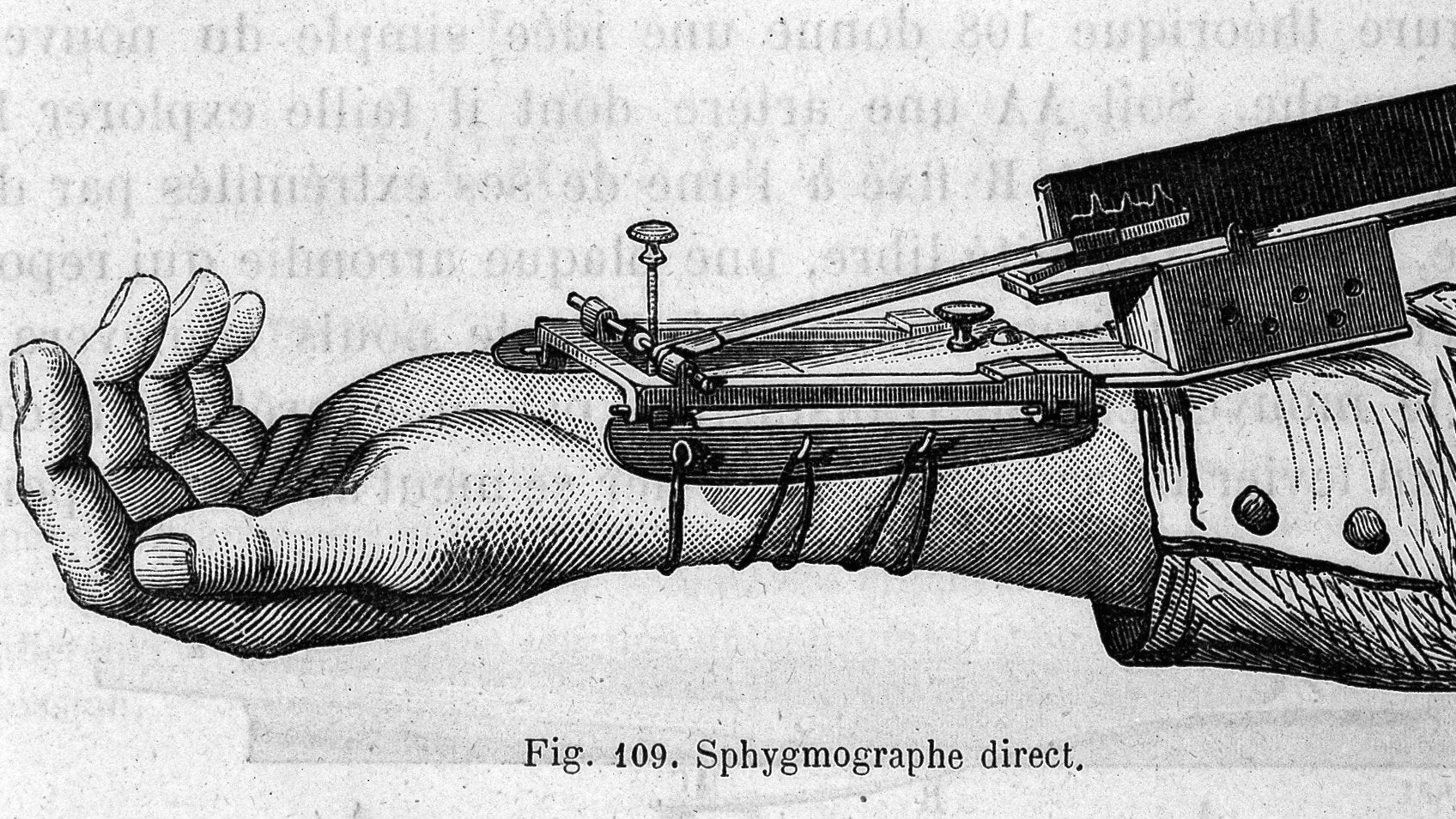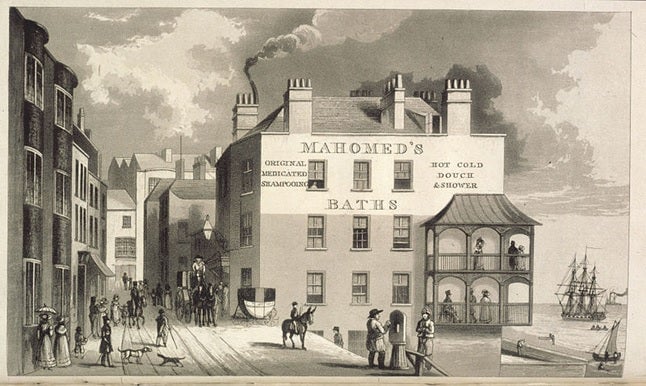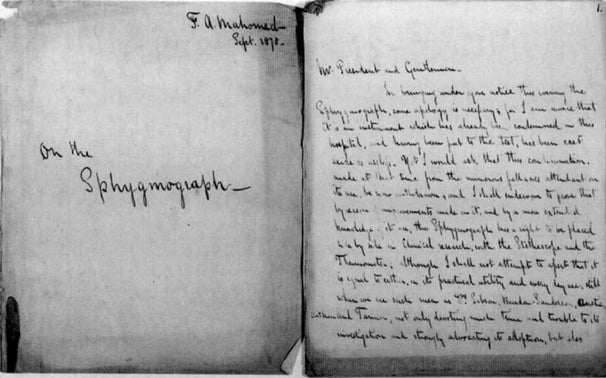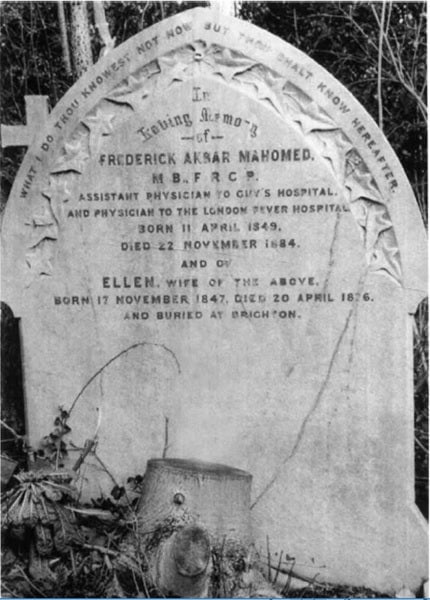The forgotten British-Asian physician who changed modern medicine
Before Frederick Akbar Mahomed, the world did not know that human life could be prolonged by reducing blood pressure. The 19th century doctor from Brighton, England, did pioneering research into nephritis and hypertension, and helped introduce the British Medical Association’s collective investigation record, and yet he remains unsung today.


Before Frederick Akbar Mahomed, the world did not know that human life could be prolonged by reducing blood pressure. The 19th century doctor from Brighton, England, did pioneering research into nephritis and hypertension, and helped introduce the British Medical Association’s collective investigation record, and yet he remains unsung today.
As Britain still recovers from the Windrush crisis and Brexit’s xenophobia, it is appropriate to remind ourselves of the British-Asian Muslim who made foundational contributions to modern British medicine, and whose family was forced to change their Muslim surname in Edwardian London.
Family of firsts
Akbar Mahomed was the grandson of Bengali entrepreneur and traveller, Sake Dean Mahomed, who opened the first curry house in London, was a “shampoo surgeon,” and is considered the first Indian to have written a book in English. Dean Mohamed’s life and work have been chronicled in the painstaking research of Michael H Fischer and Rozina Visram, though his legacy has been reduced to a plaque hidden at the entrance to a realtor’s office at George Street, near Baker Street in London.

His grandson, Frederick Akbar Mahomed, began innovating clinical inquiry in late 19th century British medicine. In Akbar Mahomed’s time, Guy’s Hospital in London was an important site of research on hypertension and kidney diseases. He is believed to have been in the audience when William Gull and Henry Sutton—after whom the Gull-Sutton Syndrome was named—demonstrated their new discoveries with respect to renal conditions, especially Bright’s disease, in 1872.
Before entering Guy’s Hospital in 1869, Akbar Mahomed briefly attended the Sussex County Hospital at the age of 20. Perhaps inspired by the curative powers of vapour baths introduced by his grandfather in his hometown of Brighton, Akbar Mahomed distinguished himself at Guy’s Hospital by winning the Pupil’s Physical Society Prize in 1871 for his work on modifying and improving the use of the sphygmograph—the instrument that measured pulse and blood pressure.
Mahomed’s new sphygmograph better calibrated these measurements and helped diagnose between pulses symptomizing various cardiac or renal diseases. He wrote: “The pulse ranks first amongst our guides; no surgeon can despise its counsel, no physician shut his ears to its appeal…we should study the pulse in its marvellous changes of character and form.”

Hermeneutics of hypertension
In 1992, professor Michael F O’Rourke described Akbar Mahomed as a “visionary diagnostician”—even before the use of a sphygmomanometer, Mahomed was able to outline “characteristic features of the pressure pulse in patients with high blood pressure and in persons with arteriosclerosis consequent on ageing.”
In 1871, Akbar Mahomed joined the Central London Sick Asylum, where he studied sphygmographic tracings of many of his patients with symptoms of Bright’s Disease. He deduced hypertension to be a primary and separate event causing functional kidney damage, preceding discharge of albumin in urine. While he demonstrated that high blood pressure could exist even in apparently healthy individuals, he also clarified how high arterial tension could affect the heart, kidney, and the brain without the onset of renal diseases, until at an old age. Later, he was a resident medical officer at the London Fever Hospital.
In 1881, Akbar Mahomed qualified for MB Cambridge, following his thesis, Chronic Bright’s Disease without Albuminuria. By then he had earned an MD from the University of Brussels and had been awarded the Fellowship of the Royal College of Physicians. He spearheaded the development of a Collective Investigation Record, a precursor of modern collaborative clinical trials, and also pioneered blood transfusion in the haemorrhage of typhoid, and made a significant contribution to the surgical management of appendicitis.
When Akbar Mahomed wrote to the British Medical Journal to introduce the idea of Collective Investigation, he was endorsed by the president of the British Medical Association, Sir George Murray Humphry. When the Collective Investigation Committee was established in 1881, Akbar Mahomed was chosen as its secretary. He also collaborated with Francis Galton to collate photographs of over 400 tuberculosis patients and arrived at the conclusion that facial appearance had no relation with the disease, unlike what was earlier believed. Akbar Mahomed’s efforts culminated in the Collective Investigation Committee bringing out a 76-page Record of over 2,000 patients, in 1883. The collective investigation trend resulted in over 300 families coming forward to submit details of their family history by 1888.
Future generations
Akbar Mahomed’s wife, Nellie Chalk, died in 1876 of septicemia, just a month after giving birth to their second child. After this, Akbar Mahomed appears to have formed a romantic alliance with her sister, Ada Chalk, who was a mother to three more of his children. The family lived on St Thomas’ Street and later at Manchester Square.
In November 1884, Akbar Mahomed passed away after suffering for 24 days from typhoid, which he contracted from a patient. He was only 35. Ada Chalk was the nominee and the trustee in his will, and she ensured, while purchasing a plot at the Highgate Cemetery, that Akbar Mahomed’s gravestone remembered both him and his legal wife, Ellen. The Medical Press and the British Medical Journal mourned the premature demise of Akbar Mahomed as a national and international loss.

Although Akbar Mahomed was a beneficiary of the enormous possibilities of medical science at Guy’s and Cambridge, racial prejudice cannot be overruled. Some of his students at Guy’s considered his “teaching and his methods…as foreign as his name to the atmosphere of the place”. While his obituaries mentioned his “dark complexion,” The Biographical History of Guy’s Hospital (1892) by Samuel Wilks and GT Bettany, talks of his “Oriental strain.” Sir Clifford Allbutt, who was a contemporary of Akbar Mahomed, went on to accredit the role of the latter in his works on hypertension, but later in his book, Diseases of the Arteries (1915) misrepresented Akbar Mahomed’s findings.
Akbar Mahomed’s son, Archibald Deane (1874-1948), obtained an MB from Aberdeen University, and MD in 1910. He practised at the Children’s hospital at Paddington, the East Suffolk hospital, the Brompton hospital, and Princess Alice Memorial hospital, finally becoming a medical officer at Morris Motors. Archibald Deane was the first of the generation of the Mahomeds to use the new surname—an Anglicised version of his great grandfather’s first name, Deen.
As recounted in 1951 by Jane Deane, Akbar Mahomed’s youngest daughter, the family changed its name since mixed marriages were out of favour and xenophobic attitudes were thickening, during the onset of the Great War. Over successive decades, nothing remained in public memory of the pioneering researcher, save a green plaque in Mayfair.
Today, hundreds of curry houses in Southall or Brick Lane spawned by waves of Bangladeshi immigration to London—in a city where Bengali is the second most-heard language—are beginning to convert or have converted into burger joints, fish and chips shops, or chocolatiers, where Nutella has replaced cardamoms, cinnamons, and the Deanes.
Feature image courtesy the Wellcome Collection via Wikimedia Commons, licensed under CC BY 4.0. This post first appeared on Scroll.in. We welcome your comments at [email protected].